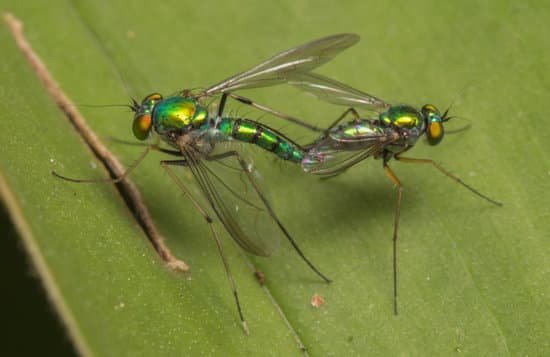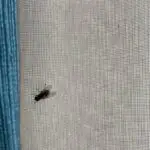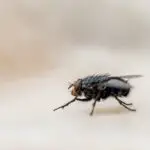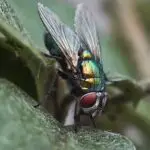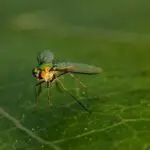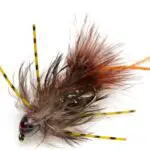Do Flies Need Air to Survive?
Flying insects require oxygen to survive, and the way they get that oxygen is through a system of tubes that carry air to different parts of their bodies. This system is similar to the human circulatory system, in that it delivers oxygen-filled air to their cells. It’s a very efficient way to get oxygen to the body.
Many flies have hairs on their legs, which may act as tiny feelers. These hairs also provide the insect with more surface area to dissipate heat. Small hairs at the base of a leg also let the fly know where its legs are. In adults, flies have six legs, whereas their larvae have no legs.
While most other outdoor-dwelling insects are killed off by cold temperatures, house flies continue to reproduce. Their eggs hatch in about eight hours at 99 degrees, but they take two days at 59 degrees. However, even if their eggs are hatched, young house flies are still affected by temperature. They can reach adulthood in four days when they live in warmer temperatures, but they will die if temperatures fall below 45 degrees.
Although house flies do not bite, they can transmit bacteria to humans and other animals. They are known to transmit more than 100 different pathogens. Oftentimes, these flies can be found in areas with warm, moist air. They can also transmit diseases through their mouths and legs.
